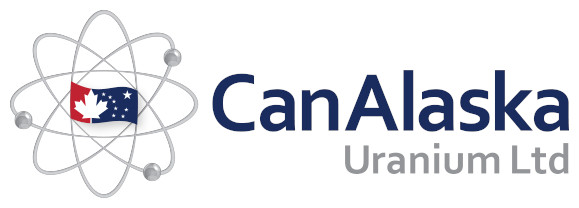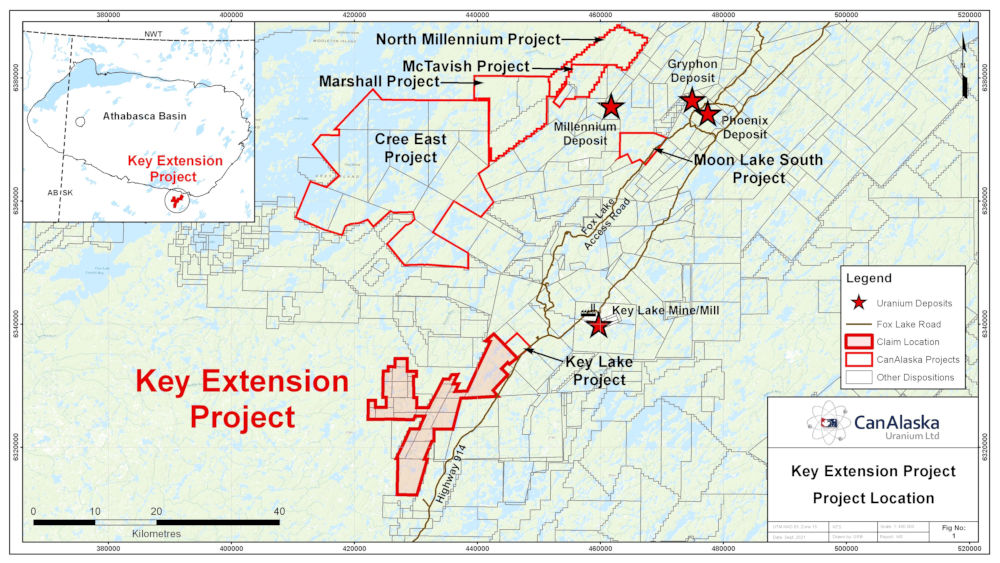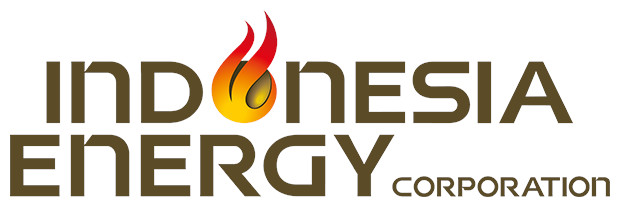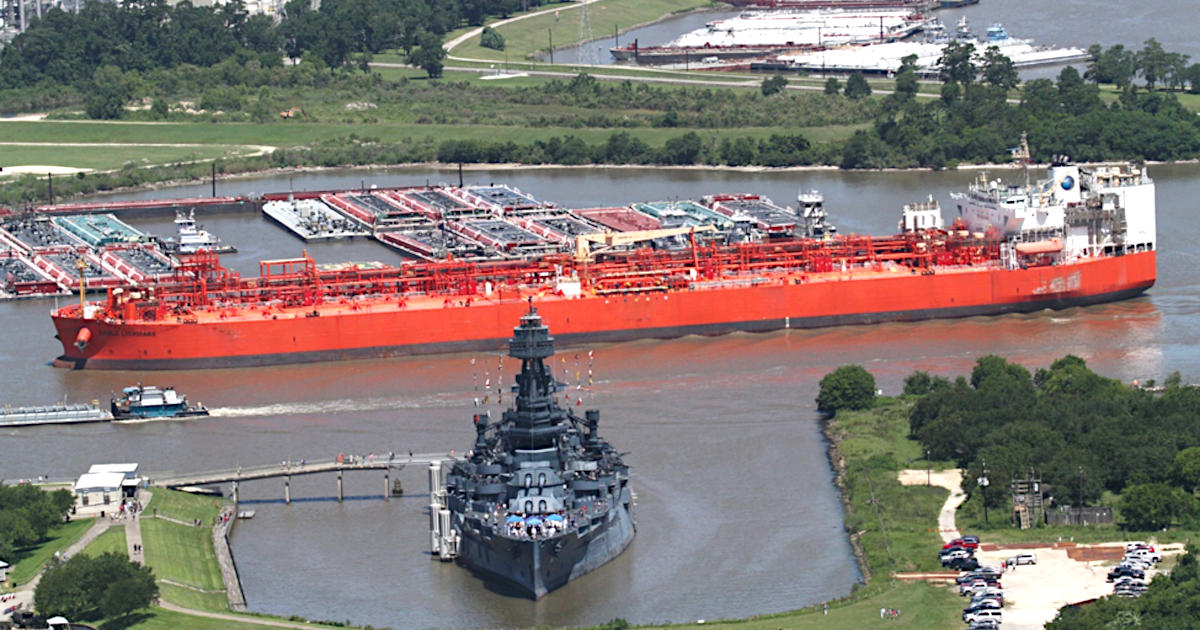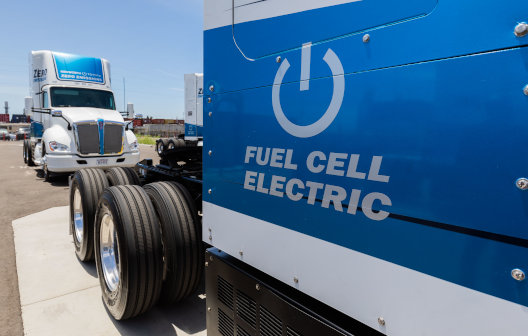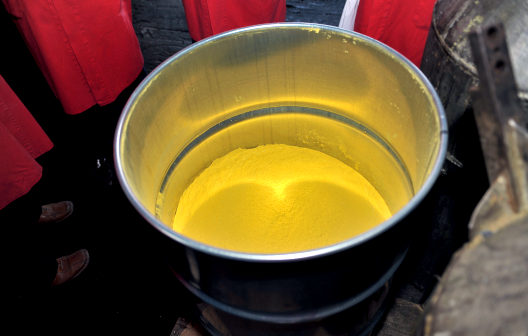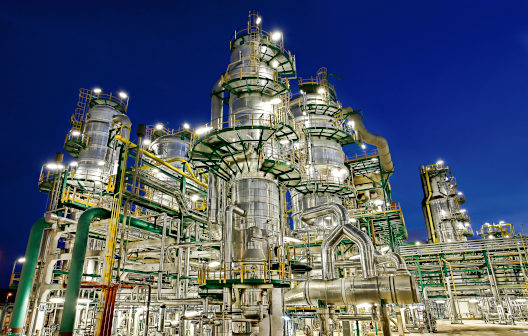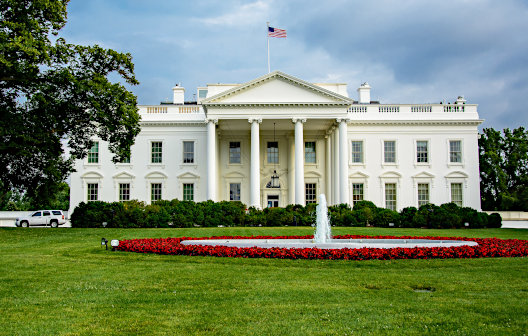
Energy Fuels Establishes the San Juan County Clean Energy Foundation with Potential to Contribute Millions to Local Communities
BLANDING, Utah, Sept. 16, 2021 /CNW/ – At its recent open house showcasing its uranium and rare earth businesses for local and national dignitaries and industry leaders, Energy Fuels Inc. (“Energy Fuels” or the “Company”) announced the establishment of the San Juan County Clean Energy Foundation, a fund specifically designed to contribute to the communities surrounding Energy Fuels’ White Mesa Mill in Southeastern, Utah.
This week, Energy Fuels deposited $1 million into the Foundation and anticipates providing ongoing annual funding equal to 1% of the Mill’s future revenues, providing funding to support the local economy and local priorities. The Foundation will focus on supporting education, the environment, health/wellness, and economic advancement in the City of Blanding, San Juan County, the White Mesa Ute Community, the Navajo Nation and other area communities.
“The communities that surround our facility deserve to share in the benefits of the Mill’s clean energy future,” said Mark Chalmers, CEO of Energy Fuels. “Uranium, which is the fuel for carbon-free, emission-free baseload nuclear power, is one of the cleanest forms of energy in the world. The rare earth’s we are now producing are used for the manufacture of permanent magnets for electric vehicles, wind turbines and other clean energy and modern technologies, and the thorium and other radioisotopes we are evaluating for recovery from our rare earth and uranium processing streams have the potential to provide the isotopes needed for emerging targeted alpha therapy cancer-fighting therapeutics. The very heart of our business – uranium and rare-earth production and recycling – helps us play a big part in addressing global climate change, reducing air pollution, and making the world a cleaner and healthier place. We see San Juan County as becoming a critical minerals hub for the U.S., and we believe the Foundation is truly the best way to make an impact and difference in the lives of those who work alongside us as we pursue these goals.”
Company executives met with local community members to better understand and identify how the Foundation will strategically support the local communities and how to best structure the Foundation.
“Energy Fuels has long been a major contributor to not only the employment base of the community but also for the well-being and prosperity of this region,” said Blanding’s Mayor Joe B. Lyman. “Over the last year, the Company has met with local community members to understand and identify needs in the area. The formation of the Foundation is a culmination of these efforts and the beginning of a long-term commitment to improve the quality of life for everyone in the San Juan County area to help us reach our full potential.” To ensure that the Foundation’s contributions are well-planned and correspond to the specific needs and aspirations of the communities, the Foundation will have a community-based Advisory Board to help it determine the best allocation for the funds.
“The processing of rare earths at the White Mesa Mill, in addition to processing and recycling uranium, is one of the best opportunities I have seen in my entire 40+ year career, as electric vehicles, renewable energy systems, and other clean energy and advanced technologies drive demand,” continued Mr. Chalmers. “And, the potential to also extract isotopes that can be used to fight cancer is a very important added opportunity. Investing back into the San Juan County community will give us the opportunity to help support and catalyze sustainable economic and community development, beyond good jobs and more tax revenues.”
With a population of a little more than 3,000 people, Blanding is the most populous city in San Juan County. Economic contributors include mineral processing, mining, agriculture, local commerce, tourism, and transportation. The community is also a gateway to nearby natural, cultural and archaeological resources. Energy Fuels’ rare earth initiative will only involve mineral processing, and it is not expected to involve any new mining in the region.
Energy Fuels is a leading U.S.-based uranium mining company, supplying U3O8?to major nuclear utilities. Energy Fuels also produces vanadium from certain projects, as market conditions warrant, as well as rare earth carbonate. With corporate offices in?Lakewood, Colorado, near?Denver, and all of its assets and employees in?the United States, Energy Fuels holds three of America’s key uranium production centers: the White Mesa Mill in?Utah, the Nichols Ranch in-situ recovery (ISR) Project in?Wyoming, and the Alta Mesa ISR Project in?Texas. Energy Fuels is a publicly traded company on the NYSE under the trading symbol “UUUU,” and its common shares are also listed on the Toronto Stock Exchange under the trading symbol “EFR.” Energy Fuels’ website is?www.energyfuels.com
CAUTIONARY STATEMENTS REGARDING FORWARD LOOKING STATEMENTS
This news release contains “forward-looking information” within the meaning of applicable securities laws. Forward-looking information may relate to future events or future performance of Energy Fuels. All statements in this release, other than statements of historical facts, with respect to Energy Fuels’ objectives and goals, as well as statements with respect to its beliefs, plans, objectives, expectations, anticipations, estimates, and intentions, are forward-looking information. Specific forward-looking statements in this discussion include, but are not limited to, the following: any expectation as to future production of uranium at the Mill; any expectation as to future production of rare earth products at the Mill; any expectation as to future production of thorium and other radioisotopes for use in emerging targeted alpha therapies; any expectation as to future revenues at the Mill; any expectation that San Juan County will become a critical minerals hub for the U.S.; any expectation as to any ongoing annual funding for the Foundation or the longevity of the Foundation; any expectation that the Foundation will provide the potential to contribute millions to local communities; any expectation as to the manner in which the Foundation will distribute or invest its funds; and any expectation that the Foundation’s money will help support and catalyze sustainable economic and community development, beyond good jobs and more tax revenues. Often, but not always, forward-looking information can be identified by the use of words such as “plans”, “expects”, “is expected”, “budget”, “scheduled”, “estimates”, “continues”, “forecasts”, “projects”, “predicts”, “intends”, “anticipates” or “believes”, or variations of, or the negatives of, such words and phrases, or state that certain actions, events or results “may”, “could”, “would”, “should”, “might” or “will” be taken, occur or be achieved. This information involves known and unknown risks, uncertainties and other factors that may cause actual results or events to differ materially from those anticipated in such forward-looking information. Factors that could cause actual results to differ materially from those anticipated in these forward-looking statements include risks associated with: commodity prices; processing difficulties and upsets; available supplies of monazite sands; the capital and operating costs associated with the recovery of uranium, rare earth products, thorium and other radioisotopes at the Mill; licensing, permitting and regulatory delays; litigation risks; competition from others; market factors, including future demand for and prices realized from the sale of uranium, rare earth products, and thorium or other radioisotopes produced at the Mill; and any changes that may be made to the structure, funding or term of the Foundation if the Company determines at any time that the Foundation is not achieving its objectives or to better meet its objectives. Forward-looking statements contained herein are made as of the date of this news release, and Energy Fuels disclaims, other than as required by law, any obligation to update any forward-looking statements whether as a result of new information, results, future events, circumstances, or if management’s estimates or opinions should change, or otherwise. There can be no assurance that forward-looking statements will prove to be accurate, as actual results and future events could differ materially from those anticipated in such statements. Accordingly, the reader is cautioned not to place undue reliance on forward-looking statements. Energy Fuels assumes no obligation to update the information in this communication, except as otherwise required by law.
SOURCE Energy Fuels Inc.




